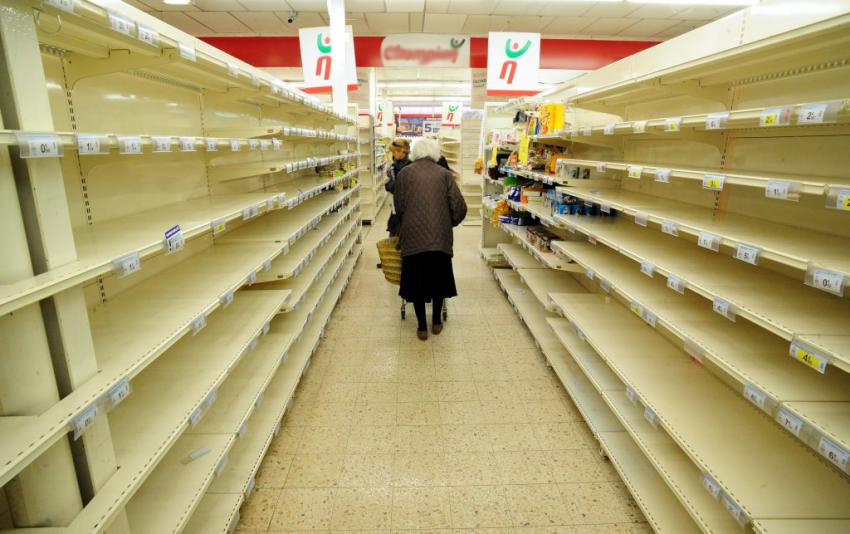Business Insider is projecting a “tsunami” of retail store closings in 2018 — 12,000 (up from 9,000 in 2017.) Also, the expect several more retailers will file bankruptcy, including Sears.
Duh. Nothing surprising about those projections. In mid-2016, Wharton Radio interviewed me about Sears, and I made sure everyone clearly understood I expect it to fail. Soon. In December, 2016 I overviewed Sears’ demise, predicted its inevitable failure, and warned everyone that all traditional retail was going to get a lot smaller. I again recommended dis-investing your portfolio of retail. By March, 2017 the handwriting was so clear I made sure investors knew that there were NO traditional retailers worthy of owning, including Walmart. By October, 2017 I wrote about the Waltons cashing out their Walmart ownership, indicating nobody should be in the stock – or any other retailer.
The trend is unmistakable, and undeniable. The question is – what are you going to do about it? In July, 2015 Amazon became more valuable than Walmart, even though much smaller. I explained why that made sense – because the former is growing and the latter is shrinking. Companies that leverage trends are always worth more. And that fact impacts YOU! As I wrote in February, 2017 the “Amazon Effect” will change not only your investments, but how you shop, the value of retail real estate (and thus all commercial real estate,) employment opportunities for low-skilled workers, property and sales tax revenues for all cities impacting school and infrastructure funding, and all supply chain logistics. These trends are far-reaching, and no business will be untouched.
Don’t just say “oh my, retailers are crumbling” and go to the next web page. You need to make sure your strategy is leveraging the “Amazon Effect” in ways that will help you grow revenues and profits. Because your competition is making plans to use these trends to hurt your business if you don’t make the first move. Need help?


Adam, when is the retail consolidation going to hit healthcare? With an Urgent Care outlet on every corner, there has to be a slowing of investment in these platforms and an onset of consolidation.
Hi Terry, and thanks for your comment. America’s health care is outrageously expensive. By far the most expensive in the world. The system, run by insurance companies, has proven a windfall for providers. From pharma to hospitals to urgent care centers they keep saying “you’re sick, come see us.” Meanwhile insurance companies keep trying to not pay for things, or pay less. The consumer is trapped between a system that reinforces convenience and costly services, and a payor who doesn’t want to cover the cost.
Almost everywhere else health care is treated like a monopoly, like an electric utility. Something everyone needs, and thus regulators look over demand and make sure there is plenty of supply, but not too much supply by controlling prices. Americans are so scared to death of a regulated approach, which they allow in so many other areas, that they refuse to follow the global models that work.
The other solution would be for the payor to go away. Instead of people thinking the insurance should pay for it all, people would be responsible for their spending. To create consolidation you need people to price shop, care about prices, care about quality of services, and make informed decisions. Today, because they don’t pay – and rarely know the price – there is no “invisible hand” to control the ever expanding supply of health care products and services. Thus, a system that costs too much, while being not even in the top 10 when it comes to results.
As long as America puts control of the health care system in the hands of insurance companies, this problem will never go away. Either you need regulators to control supply and pricing, or you need consumers/buyers to control demand using price and quality as benchmarks. Lacking either, America’s health care system will continue to expand, grow in cost and produce weak results compared to other developed nations.